What are dry cured cigars? The Definitive Guide
Recently, the popular dry-cured cigars of Europe have garnered some attention here in the United States. They were once very common in the States during the late 19th and early 20th centuries, but the rise of the handmade premium cigar as we know them today, as well as cigarettes, brought about a decline of dry-cured cigars in the American market.
If you were unaware, the tobaccos used in most typical premium handmade cigars are air-cured. The tobaccos in dry-cured cigars, on the other hand, go through a modified curing process where the cigar tobaccos are baked over smokey embers that drastically lower the moisture levels.
Dry-cured cigars, therefore, do not need to be humidified and can be stored at normal household temperatures and humidity levels. These cigars are mostly machine-made and most of them contain 100% tobacco. However, there are brands out there that use homogenized paper instead of whole-leaf wrappers.
Let us take a closer look at how dry-cured cigars are made, how their tobaccos differ from more traditional cigars, and some of the best dry-cured cigars out there for you to enjoy!
The dry cure process explained
The tobaccos for your standard hand-rolled cigar typically go through several stages of processing, most importantly curing, fermentation, and aging. Most cigar tobaccos are air-cured, where they are strung up in barns with many doors to control and allow for significant airflow over the tobaccos.
The air curing process often takes several weeks, sometimes up to 10 weeks, before the tobaccos are fully cured and ready for fermentation. Heat can sometimes be applied via gas flames or small fires, but their presence is to control the temperature and humidity as opposed to outright cooking.
Dry curing, on the other hand, seeks to starve the tobaccos of moisture with heat and smoke. Using fires of oak, mesquite, or other hardwood embers, the curing barn is filled with smoke, and the temperature rises. Over the course of a few days to several weeks, this special manufacturing process of slow-baking results in the tobaccos having only 12-15% humidity but still maintaining some pliability.
For this reason, dry curing is also commonly called ‘fire curing’ because of the importance and extensive use of fire. The hardwood fire also imparts some flavors into the tobaccos, and dry-cured tobaccos will in turn carry a smokey flavor.
What is in the filler?
The filler tobacco used in dry-cured cigars comes from a variety of countries, including Mexico, Dominican Republic, Columbia, Indonesian Java and Sumatra, Ecuador, Cameroon, Honduras, USA, and Cuba, though Cuban tobaccos are only available outside the United States.
Not only are tobaccos from various locales dry-cured, but many different tobacco varietals are also used in the dry curing process. Many pipe tobacco varietals are dry-cured as well, and the unique flavors of dry cure tobaccos are highly coveted in many pipe tobacco blends.
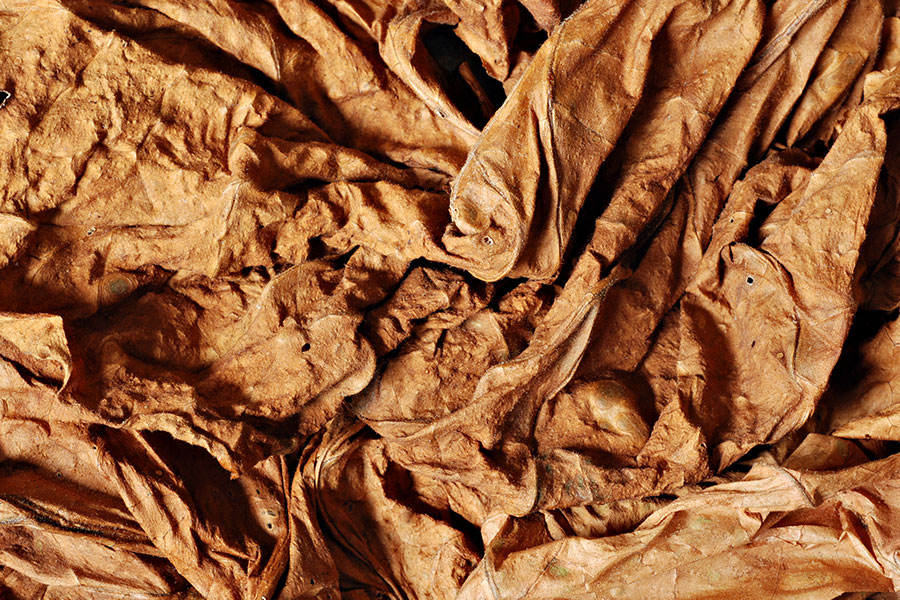
The types of wrappers most commonly used on dry-cured cigars and the types of flavors you can expect from them are described in the following table:
| Wrapper | Color | Description |
| Connecticut | Equivalent to Natural | Mellow bodied and sweet |
| Sumatra (Island of Indonesia) | Equivalent to Natural | Mellow bodied and nutty |
| Indonesia | Natural – EMS | Medium-bodied and spicy |
| Java (Island of Indonesia) | EMS | Medium-bodied and nutty |
| Cameroon– From Africa | EMS | Medium-full bodied, toasty, and nutty |
| Brazil | Maduro – Oscuro | Full-bodied, dark, and spicy |
Flavors
Dry-cured tobaccos will often have a smokey taste to them. They also tend to be more spice and pepper heavy in their profiles, especially depending on the type of tobacco and where it is from. Some dry-cured cigars are infused with flavors like anisette, rum, and cognac as they tend to be more resilient and hardy than air-cured leaves.
How popular are dry cured cigars?
They’ve been around for hundreds of years and although enormously popular abroad, the European style dry-cured cigar has finally become a new American favorite. France is considered to have the largest dry-cured market in the world, with Italy, Germany, and the UK not far behind. Cuban-tobacco dry-cured cigars can only be purchased outside the USA.
Dry-cured cigars used to be very common in the United States, but as manufacturing costs rose and tastes changed, the American market lost interest in dry-cured tobaccos. Recently that has begun to shift as the market continues to seek out unique and interesting flavors.
Top dry cured cigar brands
For those of you ready to try them, but don’t know where to start, I have compiled a list of some of the most delicious dry-cured brands on the market today.
Avanti Cigars
Avanti is a popular European-style cigar crafted by a renowned family-owned cigar business with 100% natural handpicked tobacco in the United States. Avanti is available in four varieties -the Original, Anisette, Cafe Mocha, and the Continental. All medium-to-full-bodied in strength, each blend has its own distinct taste and decadent aroma.
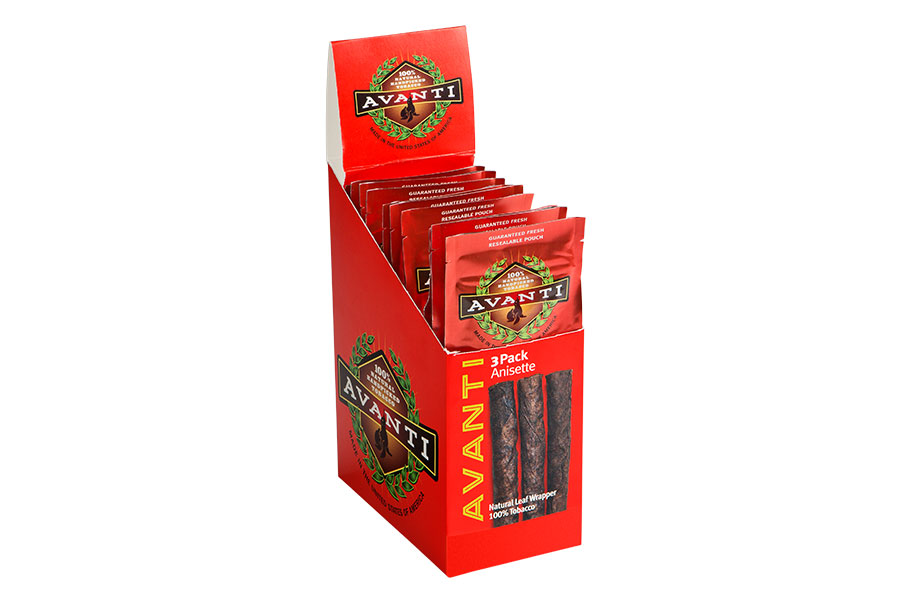
De Nobili Cigars
A true Americana treats, the popular De Nobili Cigar brand has been expertly crafted in rustic style right here in good old Scranton, Pennsylvania since 1896. These timeless stogies feature a flavorful filler blend of Kentucky and Tennessee tobaccos surrounded by top-quality natural tobacco binder and wrapper leaf.
With De Nobili dry-cured cigars, smokers are provided a wonderful selection of distinct medium-to-full-bodied blends that include the Economy, Kings, Popular, Toscani, and Toscani Longs.
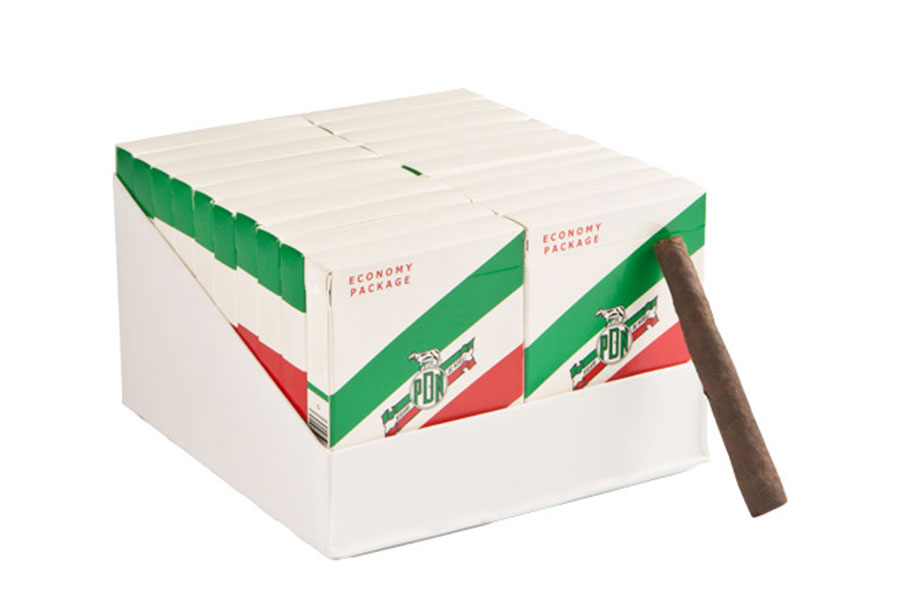
Panter Cigars
Hailing from the Netherlands, Panter Cigars are made by Agio, one of the most famous dry-cured cigar companies in the world. This very flavorful line of cigarillos comes designed in the classic European tradition and features a variety of tobacco blends with unique recipes, sure to please every type of smoker. These aromatic treats offer a delightful experience any time of the day.
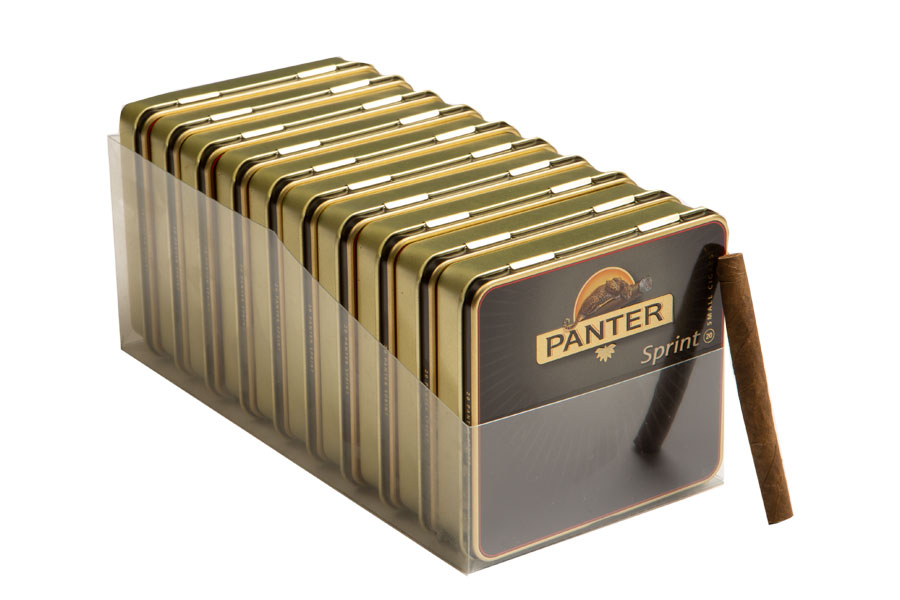
Villiger Cigars
The famous Villiger Cigars were established in 1888 in the small town of Pfeffikon, Switzerland, where this brand remains headquartered to this day. All Villiger cigars are Machine made in Switzerland with only the finest select Cuban-seed tobaccos from the world’s most fertile growing regions.
Whether you choose the box-pressed and nutty-tasting Villiger Export Natural, the dark and creamy Villiger Export Maduro, the spicy Villiger Export Brasil, or the rustic Villiger Kiel line with the unmistakable mouthpiece, you will definitely enjoy these tasty cigars.
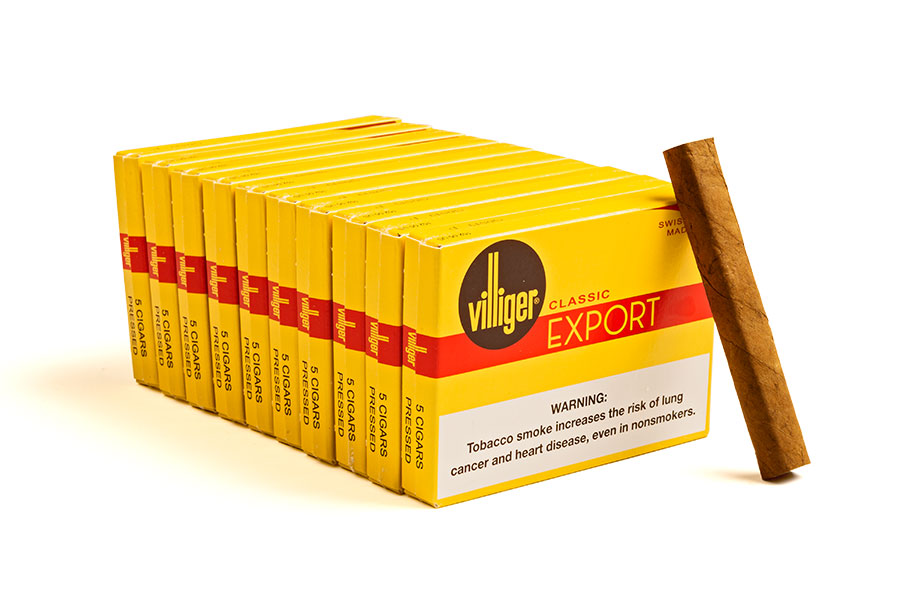
Drew Estate Kentucky Fire Cured
One of the few brands of handmade premium cigars that utilizes dry-cured tobaccos, Drew Estate Kentucky Fire Cured cigars are the perfect marriage between air-cured and dry-cured tobaccos. This unique brand, along with its line extensions KFC Sweets and Swamp Thang, use dry cured Kentucky Burley tobaccos along with aged Nicaraguan long-filler leaf to create a smoke unlike anything before.
These gems have a savory and rich medium-bodied profile with that tell-tale smokey aroma, combined with the complex flavors of Nicaraguan tobacco, and the sweet Candela wrapper on the Swamp Thang is worthy of attention from the most discriminating and discerning of palates.
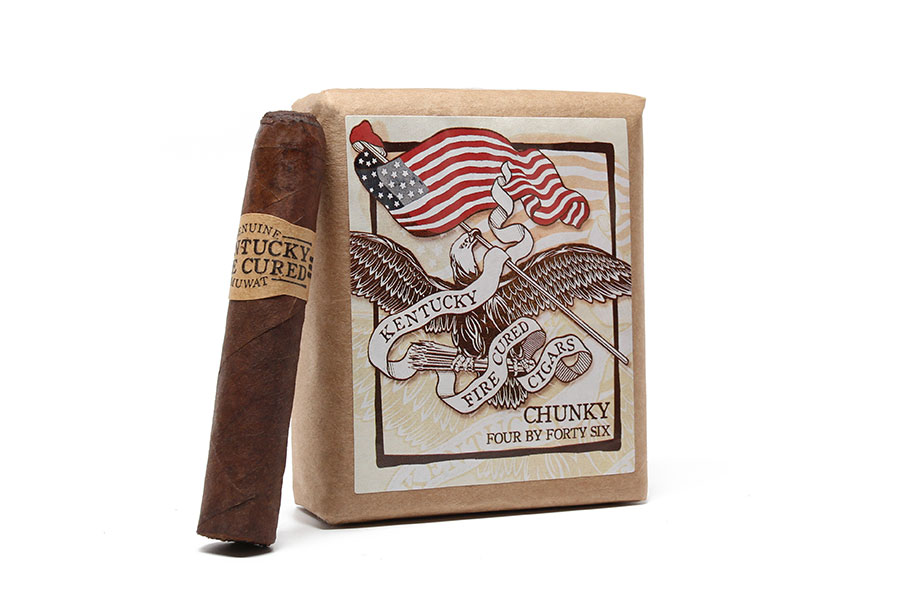
Final Thoughts
The next time you are looking for either a quick smoke or a tasty change of pace from your favorite premium (moist) cigars, take some of these dry-cured beauties for a test smoke. We think you will be pleasantly surprised at their amazing taste and outstanding quality.

Don’t let dry cure cigars get dry. They become harsh to smoke. Keep them humidified in some way. Even a couple of days in a sealed box with a damp piece of kitchen paper keeps them decent to smoke,